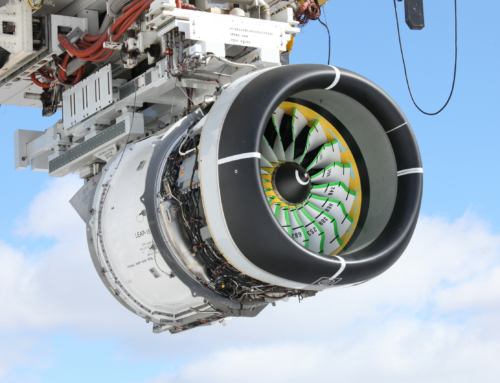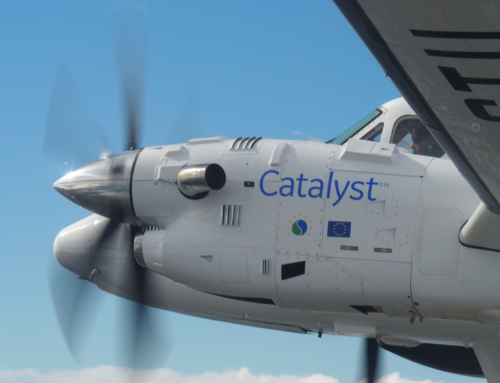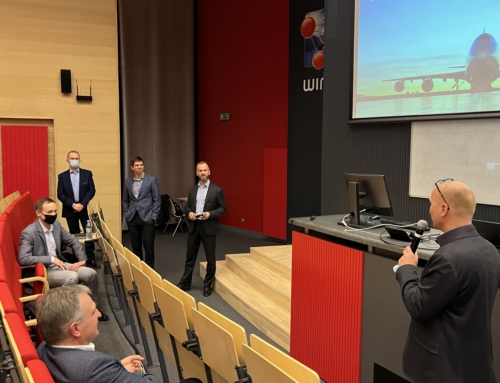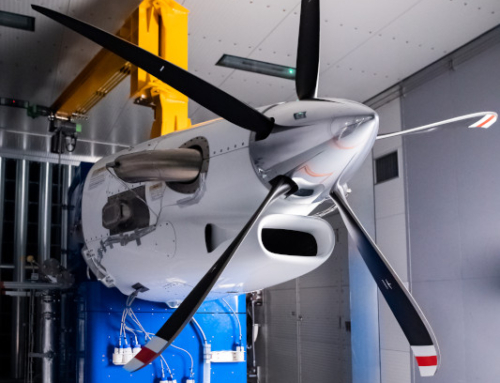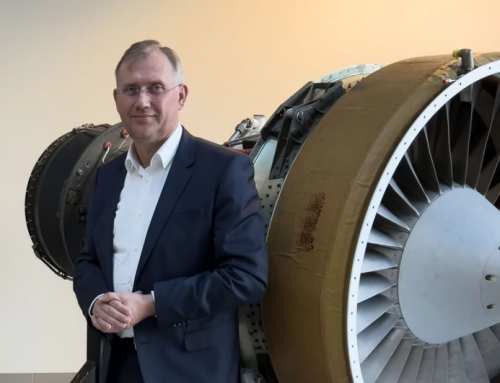Amo ng many EDC teams who concentrate on mechanical aviation aspects there are also groups of engineers who work on the whole spectrum of novel software testing methods, addressed to low level up to integration level testing, usage of machine vision for cockpit equipment (displays) verification, provides universal platform allowing unification of interface of third party tools and test systems.
ng many EDC teams who concentrate on mechanical aviation aspects there are also groups of engineers who work on the whole spectrum of novel software testing methods, addressed to low level up to integration level testing, usage of machine vision for cockpit equipment (displays) verification, provides universal platform allowing unification of interface of third party tools and test systems.
What is the aim of their activities? Nowadays avionics is dominated by digital world. None of modern control, navigation, or monitoring system can exist without software. “Flying” software is as critical for safety as physical construction of an aircraft. Because of that fact, it’s categorized as Safety Critical element. Before using it in an airborne system, it must be checked against compliance to the most rigorous verification standards, and this is both expensive and time-consuming. Engineers, who conduct this process, take their analyses down to electronics level, where they analyze machine code – unlike in most of other industries. This process is the key factor limiting pace of introducing new software technologies to Aviation business. Proposed solution will decrease the cost of software development currently driven by huge effort invested in verification phase that is intrinsic element of airborne software production.
The project: „Nowatorskie narzędzie do automatyzacji procesu weryfikacji oprogramowania systemów krytycznych dla bezpieczeństwa w lotnictwie potwierdzeniem kompetencji polskich kadr naukowych ILOT na arenie międzynarodowej (SafeAvi)”, realizowanego w ramach Działania 4.1 „Badania naukowe i prace rozwojowe”, Poddziałania 4.1.4 „Projekty aplikacyjne” Programu Operacyjnego Inteligentny Rozwój 2014-2020 i współfinansowany ze środków Europejskiego Funduszu Rozwoju Regionalnego” is conducted by EDC engineers hired by the Institute of Aviation and General Electric Company Polska Sp. z o.o.


